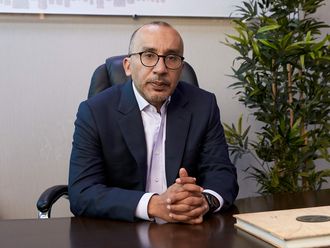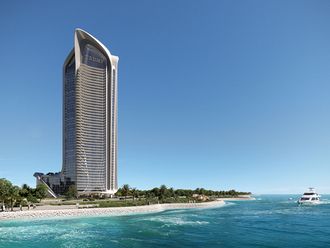
Markets in a panic are like a country in a coup. No one knows what is happening, and yet there is a transfer of authority that is taking place as a new paradigm takes over. During times of frenzy, anyone who wishes to invest with the intent of ‘flipping’, then an inherently risky transaction has been entered into.
The odds of predicting what the asset price will do in a short period of time are the same odds as the toss of a coin. Risk, therefore, is inextricably linked to the time horizon of the investor. Over longer periods, there is the possibility of asset price declines reducing meaningfully, assuming of course a sensible purchase was made in the first place. It also assumes the asset is well managed, be it a company or an apartment.
Managing a building is akin to managing a business, the value of which rises to the surface over time.
Clear outcomes
When real estate data is looked at through this lens, even the last three years unveil a rather startling picture. As mid-income areas like JVC, Arjan and Majan have risen by 15-25 per cent from their lows, better managed buildings have seen apartment prices rise by more than 60 per cent.
Similar trends have been witnessed in areas like JLT, DSO and Furjan. For buildings that have existed for longer periods, the trend is similarly clear: well-managed complexes have outperformed their peers by more than 80 per cent over a 7-10 year horizon.
Equally true is the fact that there have been a number of buildings that have not witnessed a price rise at all. While the luxury segment has dominated headlines, these data points have largely escaped the attention of analysts. A commonsense approach determines how to pick such investments:
- The certainty with which management can be evaluated (in this case the OA companies and their ability to maintain and even enhance the value of the asset whilst managing costs).
- The certainty with which management can be counted on to channel the rewards to its stakeholders rather than itself (lowering service fees where applicable, and demonstrating efficiency in enhancing the value of the common areas, such that the benefits are visible) and:
- The purchase price of the asset (the same three factors apply for the capital markets).
Dubai Land Department and RERA have made the process of evaluating individual buildings transparent; the same is the case for OA companies, equipping investors, both actual and potential with the requisite tools to make informed decisions. Factors such as collecting service fees, deploying them through an effective and interactive process with the board and other stakeholders, and allowing for quality maintenance allows for value generation.
In the mid-market segment, these practices are not widespread as yet, but where developers, board members and other stakeholders have cooperated - rather than litigated - the results have been exemplary. The conclusion is clear as a bell: the returns are inextricably intertwined to the management and the symbiosis between OA companies and the asset owners generates the returns for the long-term investor, regardless of where interest rates are or what volatility the market exhibits.
Nothing short term to this
It is important to highlight that during times of economic stress, there is no short term respite to the market mayhem, regardless of the quality of the asset or business. For someone who treats their investment portfolio like a money market account, flinching every time the net asset value drops, there is no shelter to be had.
In point of fact, it encourages risky behavior, with activist strategies that destroy value. This begs the question of why investors would be short-term reactive when their objectives are long term. Curiously, we find the same somersaulting activities in capital markets too, suggesting that angst-ridden behavior dominates.
The antidote to this is not to shirk away from activist investing altogether, but rather to deploy strategies that compounds returns and wealth systematically.













